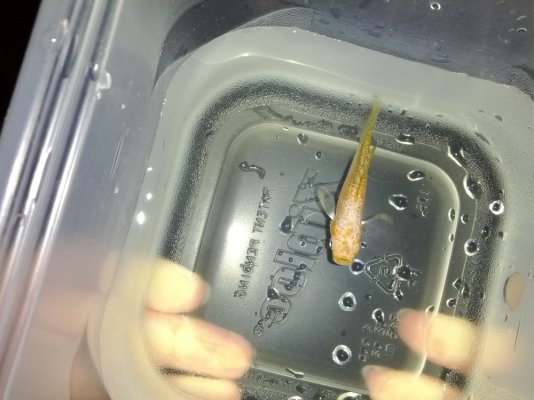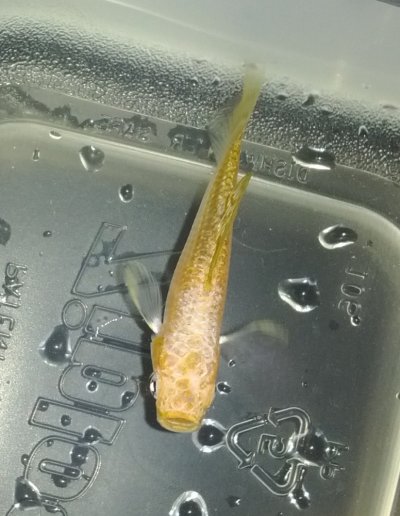Spookie
Aquarium Advice Apprentice
Hi! My mother recently surprised me by buying some fish for me - one of which is a male molly. When I got him, I noticed that his head has sort of dry/crusty scales that are paler than the rest of his body, just on top and around his face. While it looks kind of weird, he is super active and always moving/swimming around and eating, though it hasn't gotten any better (or worse). It doesn't look fuzzy, just really dry and cracked. The scales don't look like they're falling off, and I couldn't take a good picture because he is always moving. I tried googling it but those questions didn't really get any exact responses or reasons why this happens. All of the water parameters in my tank where fine, Ammonia and Nitrites 0, Nitrates 25, Ph 7.5. I went ahead and put him in a 10 gallon quarantine tank and might try treating him with a Jungle Fungus Clear tablet, should I go ahead? Thank you!


